The domain name is one of the most important aspects of Digital Marketing. This domain name will help people find your content, and it can also help them understand what you are all about. But, do domain names need to be keyword-heavy? In a domain name, you want to be sure that it’s memorable and easy to spell. You also need to think about the domain extension. While there are exceptions to every rule, you want to properly evaluate your goals for the domain when it comes to your domain name. Just because a website has a keyword in its domain name doesn’t mean that it’s more relevant than others for that keyword. In short, you don’t need to put keywords in the domain name.
Is Domain Name a Google Ranking Factor?
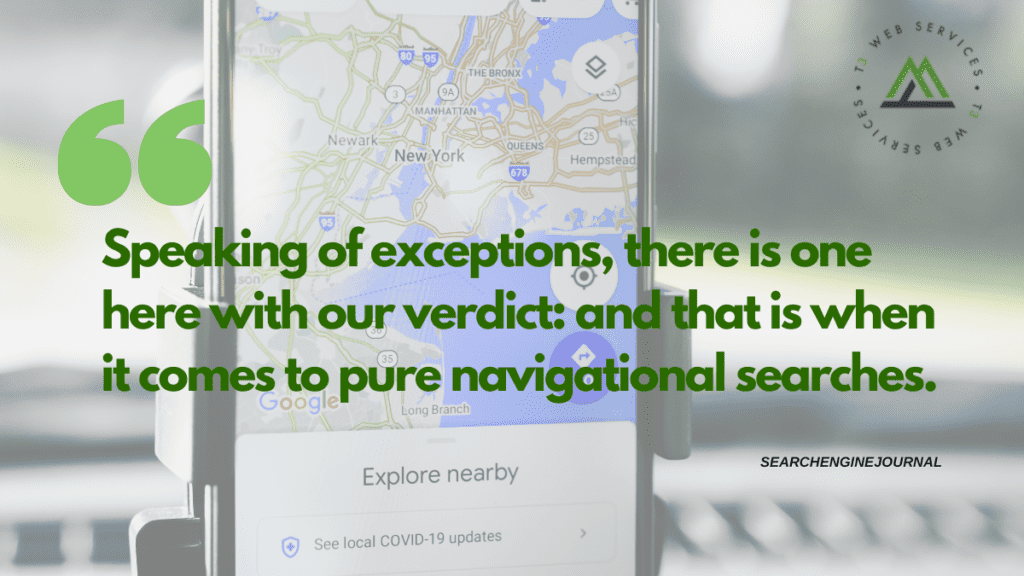

Let’s just say it: Exact match domains should be buried in a garbage bag right next to people who talk on their speakerphone in public.
Remember when every domain used to look like www.caraccidentattorney.com or www.buydogcollars.com?
That’s what we’re referring to when we talk about an exact match domain (EMD).
EMDs are domain names that include the exact keyword phrases you want to rank for in the SERPs.
Luckily, on September 28, 2012, Google’s Matt Cutts confirmed exact match domains are not a ranking factor.
In today’s world, domain names do not impact Google rankings.
Google’s John Mueller said as much in 2020:
“Just because a website has a keyword in its domain name doesn’t mean that it’s more relevant than others for that keyword. In short, you don’t need to put keywords in the domain name.”

https://www.searchenginejournal.com/ranking-factors/domain-name/
13 LinkedIn Marketing Tips for More Visibility
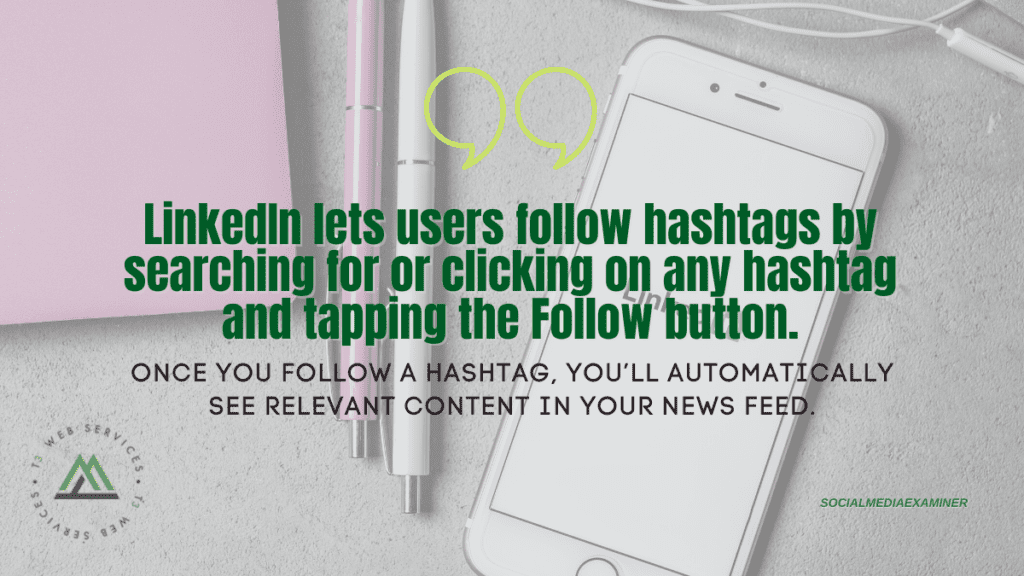

#1: Use Popular LinkedIn Hashtags
LinkedIn has had an on-again, off-again relationship with hashtags so it isn’t easy to keep track of when or how to use them in your posts. These days, the platform recommends adding hashtags to LinkedIn posts and even suggests relevant ones to include.
For the most part, hashtags work the same way on LinkedIn as they do on other social media channels. They tell the platform what your post is about and drive discovery by putting your content in the news feeds of interested users.
#2: Collaborate With a Thought Leader
Collaborations can improve reach and enhance exposure for brands on any digital marketing channel—and LinkedIn is no exception. LinkedIn makes it easy to collaborate with businesses or individuals by allowing company pages to tag both profile types.
Executing a successful collaboration on LinkedIn is a lot like implementing an influencer marketing plan for your business. Start by identifying thought leaders in your industry and connecting organically. Then work together to decide what type of content to create—from getting a testimonial to producing a video to co-hosting an event.
#3: Publish a LinkedIn Article
Posts are the most popular type of content for company pages to produce on LinkedIn. But they aren’t the only kind of text-based content your business can publish. In September 2021, LinkedIn rolled out articles for company pages, allowing businesses to create long-form content.
Why write an article instead of a post? Articles can be much longer than posts. LinkedIn limits company page posts to 700 characters. In contrast, articles can include more than 100,000 characters. That gives your business ample space to develop shareworthy thought leadership that can boost your reach.

https://www.socialmediaexaminer.com/13-linkedin-marketing-tips-for-more-visibility/
How To Make Content a More Effective Part of Your Sales Funnel
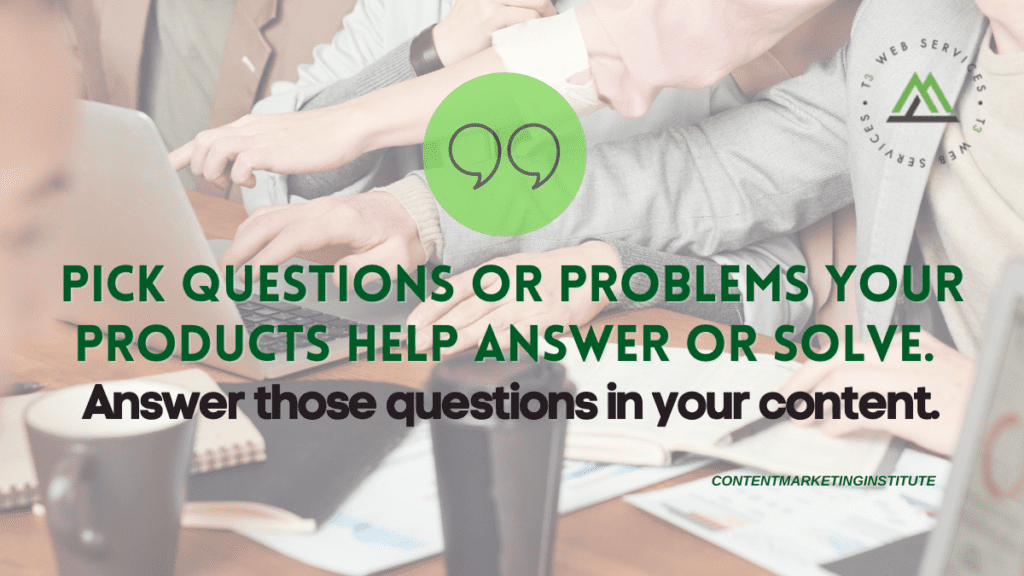

1. Match content ideas to your value proposition
What is it you are selling? Which problems are your products solving? Build your content ideation and keyword research processes around that.
Not every “relevant” keyword is worth pursuing if there’s no way to tie it to your value proposition. The best content idea is the one that connects a searchable keyword with the product(s) your brand offers.
2. Build content in a problem-solution format
What questions are people asking when they search using a particular keyword? What problems are they experiencing?
Your content should solve those problems and answer those questions.
Content structure is one of the most effective ways to boost conversions. Break your content into logical sections. Answer all the questions relevant to the section. Visitors will be drawn deeper and deeper into your content, making them more willing to trust your brand and ultimately buy.
3. Optimize for search intent
Search intent reflects why users are likely searching for something. In most cases, people search to buy, get informed, or go somewhere. Your page needs to give them that opportunity.
Search intent optimization is key to converting readers into buyers, but don’t forget search intent may evolve based on how well your copy is written and structured.

https://contentmarketinginstitute.com/2021/11/content-effective-sales-funnel/
First Link Priority: Is It A Google Ranking Factor?
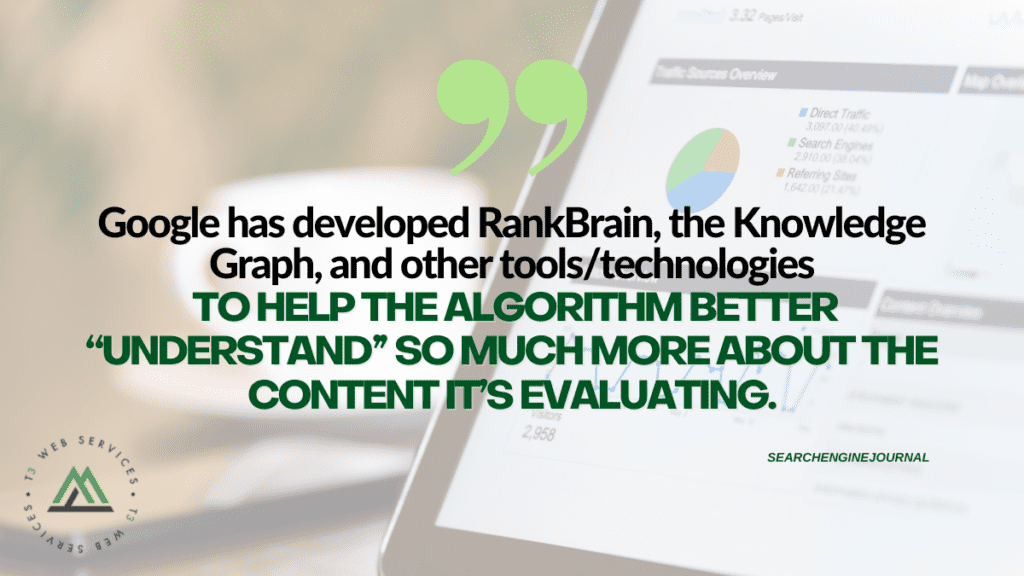

You can’t tell Google which search terms you’d like to rank for by virtue of which anchor text you use first in your internal links.
Google doesn’t have some kind of governor that limits how much trust or authority can pass between entities (in various signals including but not limited to PageRank).
This could potentially keep useful resources from being discovered, which is counter to everything Google is trying to do.
Your priority in internal linking should always be to facilitate a seamless, intuitive user experience first. Internal links are for helping people move around and navigate your site.
Any utility they may have had as secret keyword signals to Google died off a long time ago.
As for your backlink strategy, it’s far smarter to focus on creating content people want to link to than to fret about potentially wasting PageRank by virtue of who’s linking to you too often. This approach will work more consistently over time.

https://www.searchenginejournal.com/ranking-factors/first-link-priority/
17 Tactics to Create Engaging & SEO-Friendly Content
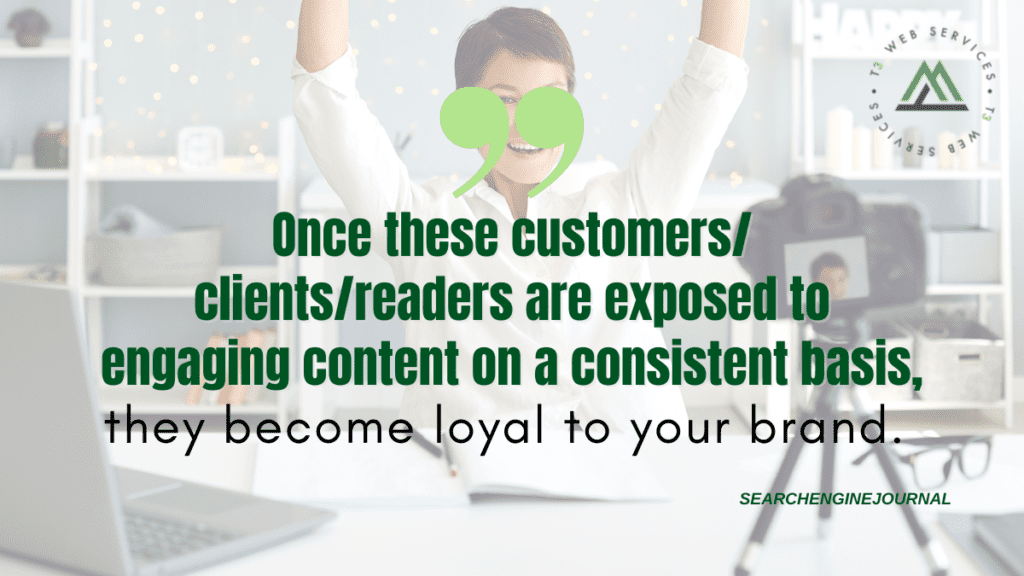

1. Keyword Research
With proper research, you’ll know what type of keyword volume and trends are out there, and you can optimize your post or page to capitalize on that research.
Main service/product/category pages – especially “parent” ones – can chase the higher volume keywords.
2. Related Keyword List
Spend time creating this list of related keywords. It will be vital to your overall strategy, especially after some other things are done that cater more to the writing side versus the SEO side.
3. Engaging And Optimized Title Tags Supersede Everything
You can have the best piece of content in the world, but if the title tag is not engaging, not many people will notice.
Put the effort into creating title tags that drive clicks. Also, A/B testing of a few title tags will result in much higher results.

Read more: https://www.searchenginejournal.com/engaging-seo-friendly-content-tactics/261981/
What’s The Ideal Blog Post Length For SEO?


What Does Google Say About Blog Post Length?
Google stands firm that word count is not a ranking factor.
There’s an entire episode of SEO Mythbusting dedicated to the topic of 0n-page content.
Google’s Martin Splitt confirms the number of words on a page is not taken into consideration when ranking search results.
What he means by that is Google does not total up the number of words on a page and use that number as an indication of quality.
A page with 1,000 words is not automatically seen as higher quality than a page with 500 words because it has twice as much content, for example.
That messaging is consistent whenever Googlers are asked about word count, which is a topic that comes up quite often.

https://www.searchenginejournal.com/ideal-blog-post-length-for-seo/255633/
13 Top Strategies For B2B Marketers To Host & Promote Live Virtual Events
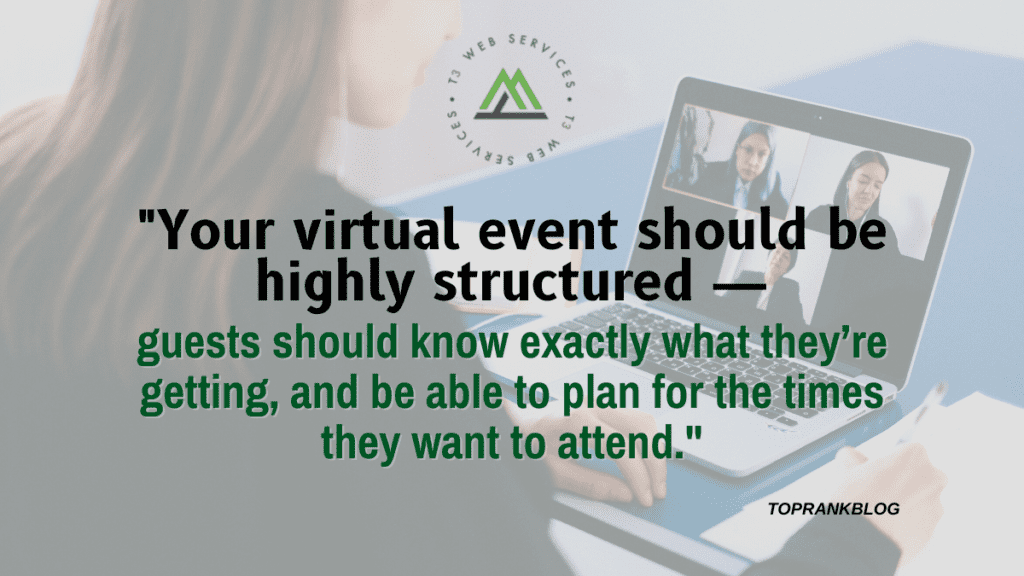

Before the Event: Strategy & Promotion
Set Goals
Start your event process by setting goals for the business purpose you want to achieve. For example, if you’re raising awareness of the brand, you’ll want to have influencers and thought leaders that appeal to a broad audience. But if you want attendees to book a demo after attending, you’re looking for a smaller but highly targeted audience. This is the first decision that will shape your promotion strategy and even your content.
Choose a Platform
There’s a potentially bewildering array of virtual platforms out there right now. They range from something as simple as live-streaming on Facebook or Instagram, all the way to enterprise-level virtual conference halls with multiple customizable rooms.
During the Event: Support and Engage
Screen Questions and Engage in Chat
I mentioned the ‘war room’ up above — during the event, there should be a few moderators devoted to managing audience engagement. These folks can ask for feedback in the chat, post key takeaways in real-time to social media, and screen audience questions for a Q&A. This team makes it easier for your presenters and host to focus on what they’re doing, rather than trying to engage the audience.
Have a Dedicated Socializing Space
One thing that makes a virtual event feel more like a physical one: A place to chat, socialize and network. Some virtual platforms have these spaces built in — they’re virtual rooms with spatial audio that allows people to break into small conversation groups.



Leave a Reply